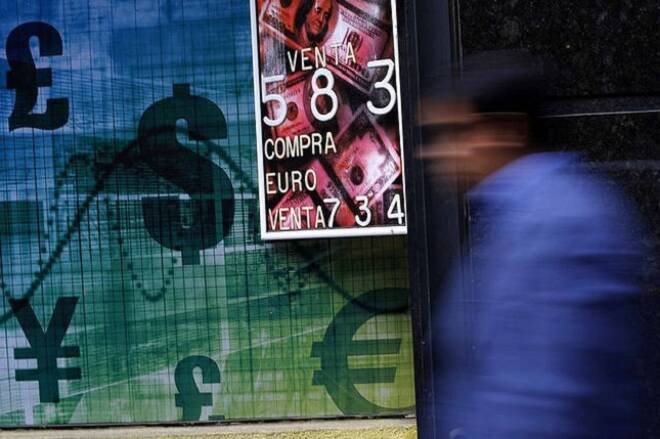Advertisement
Advertisement
Many Analysts Missed Subtle Change to Fed’s Rhetoric
By:
Subtle and nuanced are not words we hear every day in the financial markets. However, Fed Chairman Jay Powell’s foray into the clamor of official central bank press conferences has provided an avenue for the use of the two words.
The Fed’s anticipated quarter of a point hike was delivered. And as some pundits outlined the Fed’s aggressive stance per the FOMC’s Monetary Policy Statement, many observers missed a key ingredient.
Jay Powell took a detour during the Fed’s press conference to go on record and say that while long-term projections for economic data have meaning, they do not exactly translate into reality all the time. Powell went onto say the Fed will interpret incoming data as outcomes are published to gauge Fed outlook.
So while some took the Fed’s position that the U.S economy continues to be strong, although it admitted it has seen moderate declines in some retail and growth figures, and that the present avenue for two additional hikes this calendar year and potentially two more next year are possibilities, there was a large and glaring stop sign at the intersection some analysts may have blown right through.
The USD got weaker upon the announcement of the rate hike because not only was it widely expected and had been digested into the markets already but also because their remains a beam of light cascading into the window signaling the interest rate beacon can change from the Federal Reserve.
The current White House administration is talking out of both sides of the mouth. While the administration preaches it wants a strong USD, it also continues to talk about the need for better exporting opportunities via trade for U.S companies.
And while the White House continues to wave the tariff banner as it threatens to penalize governments it feels are subsidizing industries such as steel unfairly, it should be noted that a strong USD would in fact counter tariffs, simply because goods from overseas for American companies and consumers would be cheaper.
Complex scenarios must be weighed by investors who have foreign currency exposure. A strong USD would actually help trade balance for Europe and Asia with the United States, which would fly in the face of the White House’s stated goal of helping American businesses export. Which in turn could hurt the U.S economy and force a reconsideration of the landscape from the Fed.
And while central banks such as the ECB, BoE, and BoJ may want to stay as dovish as they can for as long as possible to solidify economic growth in their respective domains, at some point the Fed could start to react to data which doesn’t match expectations and also start to take into consideration that the USD has grown too strong and start to tone down its hawkish rhetoric.
And this is where investors who are looking long term may actually be positioning themselves now, and why we are seeing the EUR, GBP and JPY actually get stronger in the face of interest rate hikes and the promise of more from the States, because in the long run cycles correlate better than mere economic data predictions which often prove wrong. Investors may simply be wagering on a counterbalance developing and initiating this belief into action.
Data via the European Purchasing Managers Index readings today came in below forecasted, the Bank of England has announced it will stay on its current path (although it should be noted to members of the MPC voted to raise interest rates) and the major currencies have largely traded in range versus the USD the past few hours while global equities remain tentative.
The strong bull cycle for the major global indexes may be running out of breath, euphoria and pandemonium filled buying in equities appear ready to return to a ‘normal cycle’ and this may be a reaction to the Fed’s aggressive stance and growing speculation in the bond markets.
Yaron Mazor is a senior analyst at SuperTraderTV.
SuperTraderTV Academy is a leader in investing and stock trading education. Sign up for a class today to learn proven strategies on how to trade smarter.
About the Author
Yaron Mazorcontributor
Yaron has been involved with the capital markets since 1998. During the past 16 years, Yaron has been a day and swing stocks trader in the American market. Yaron has founded and made successful investments into businesses spanning exciting industries – from apparel to restaurants and bars, to high tech, medical technology, and education.
Advertisement
